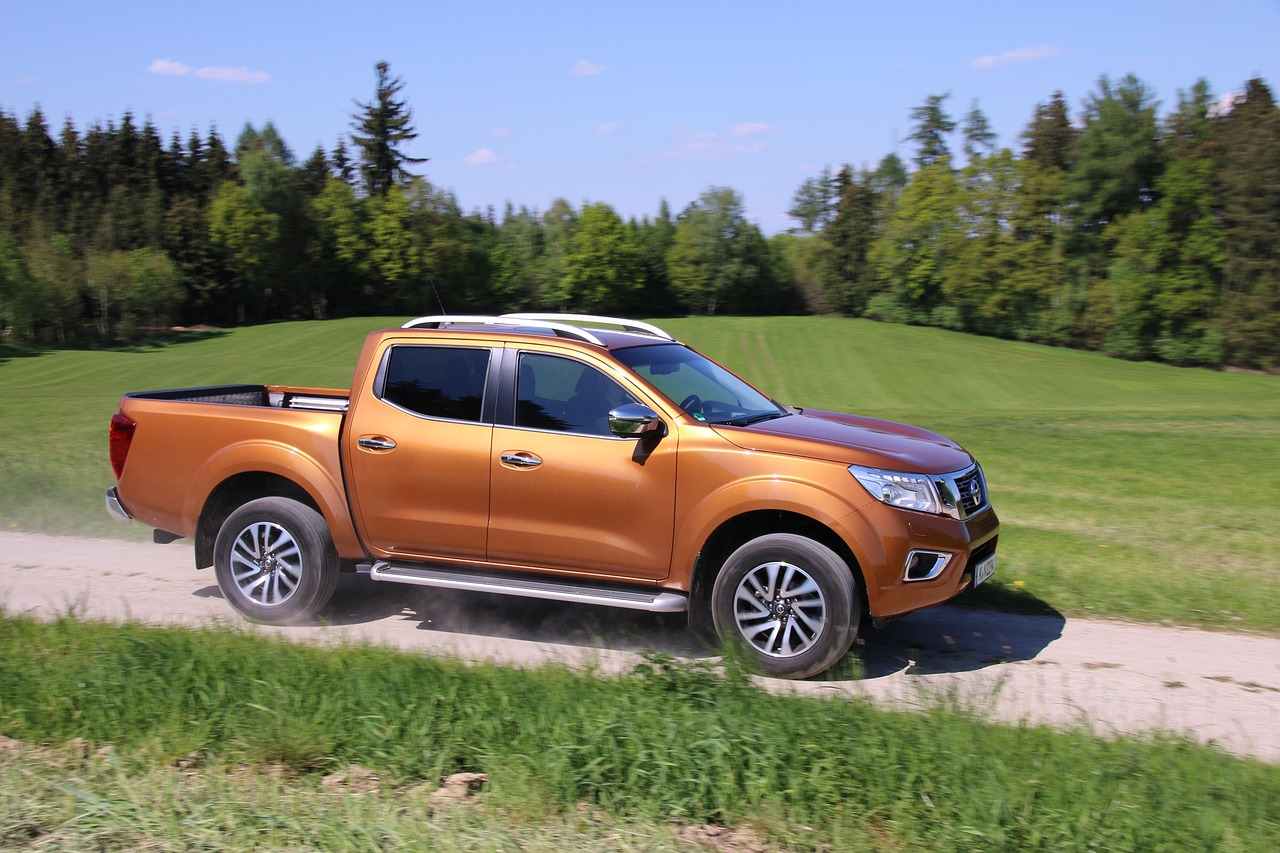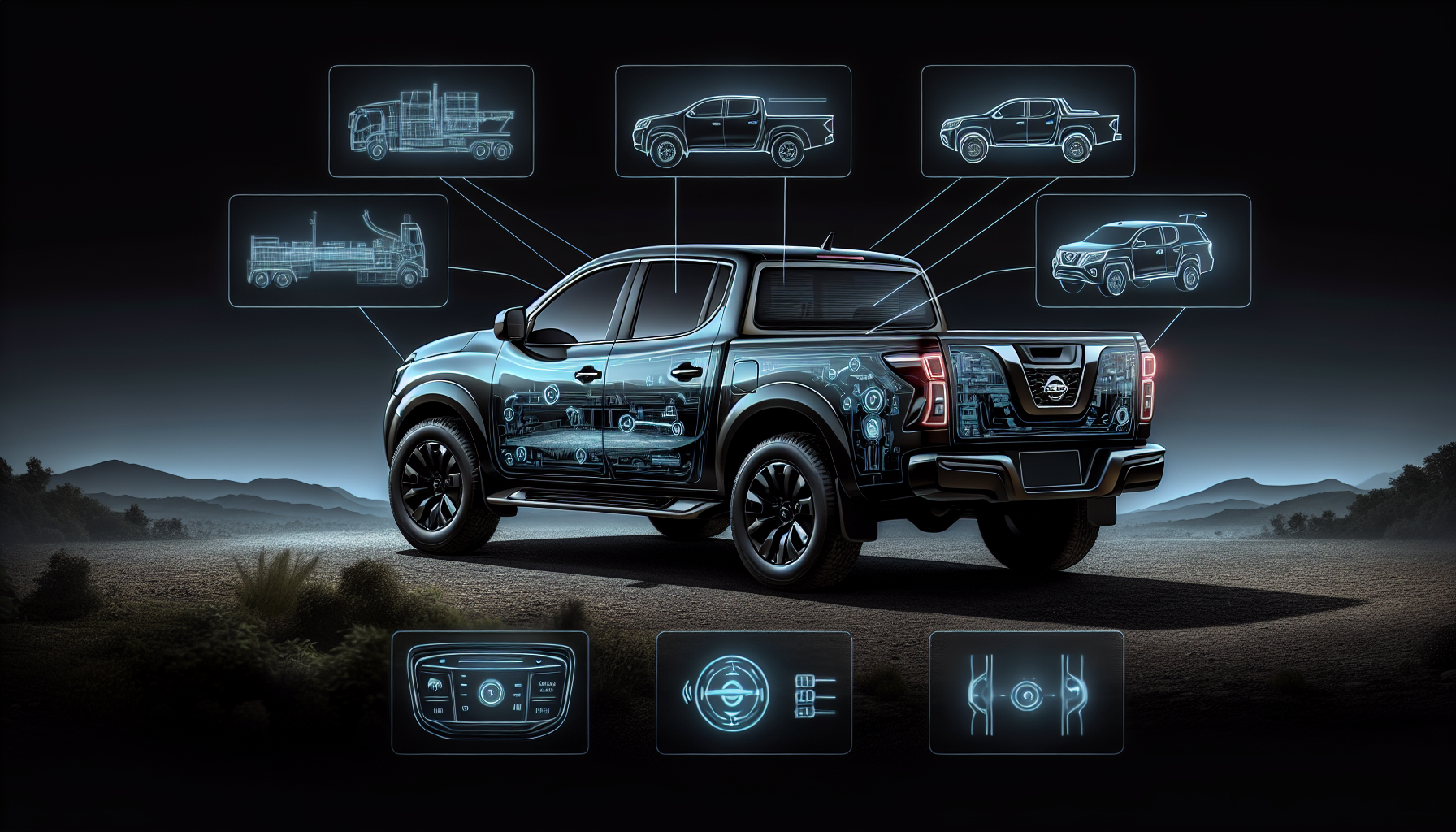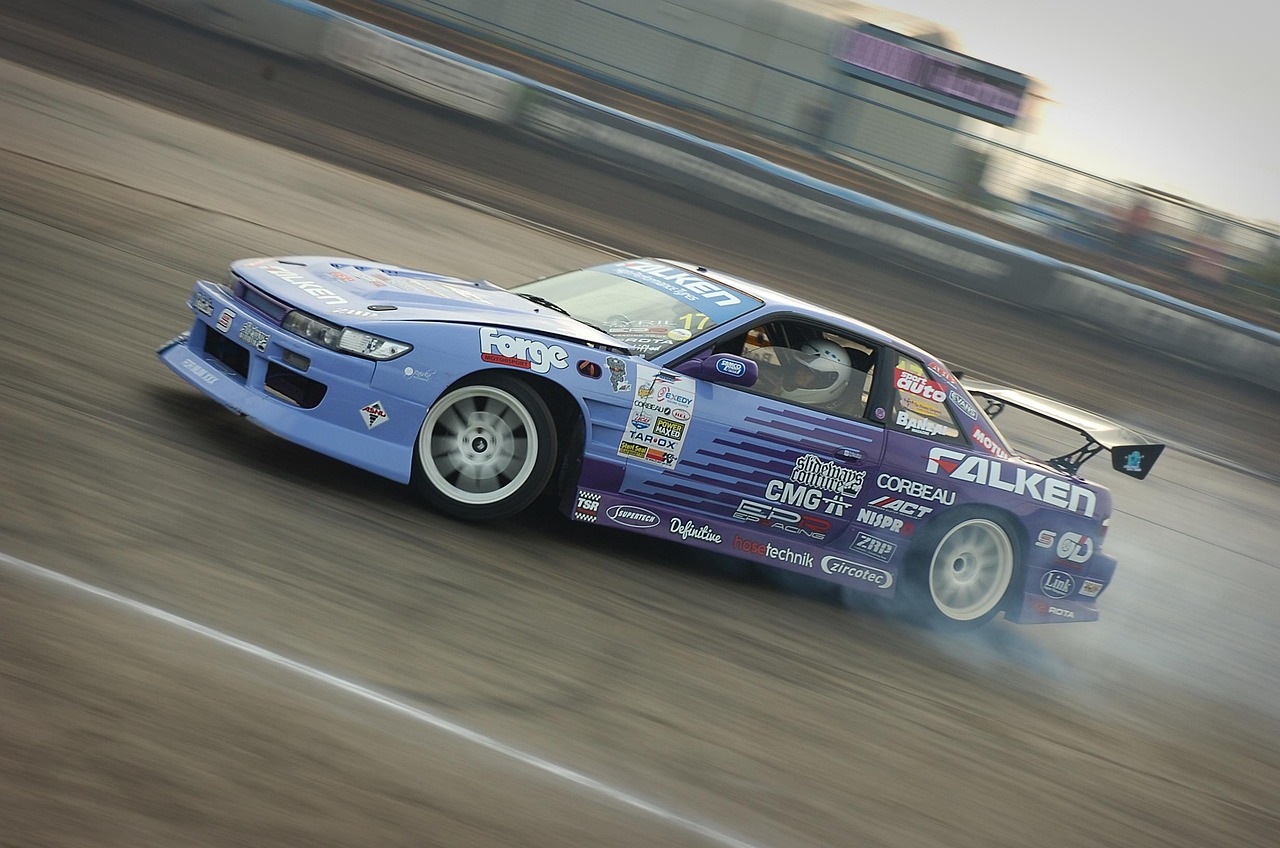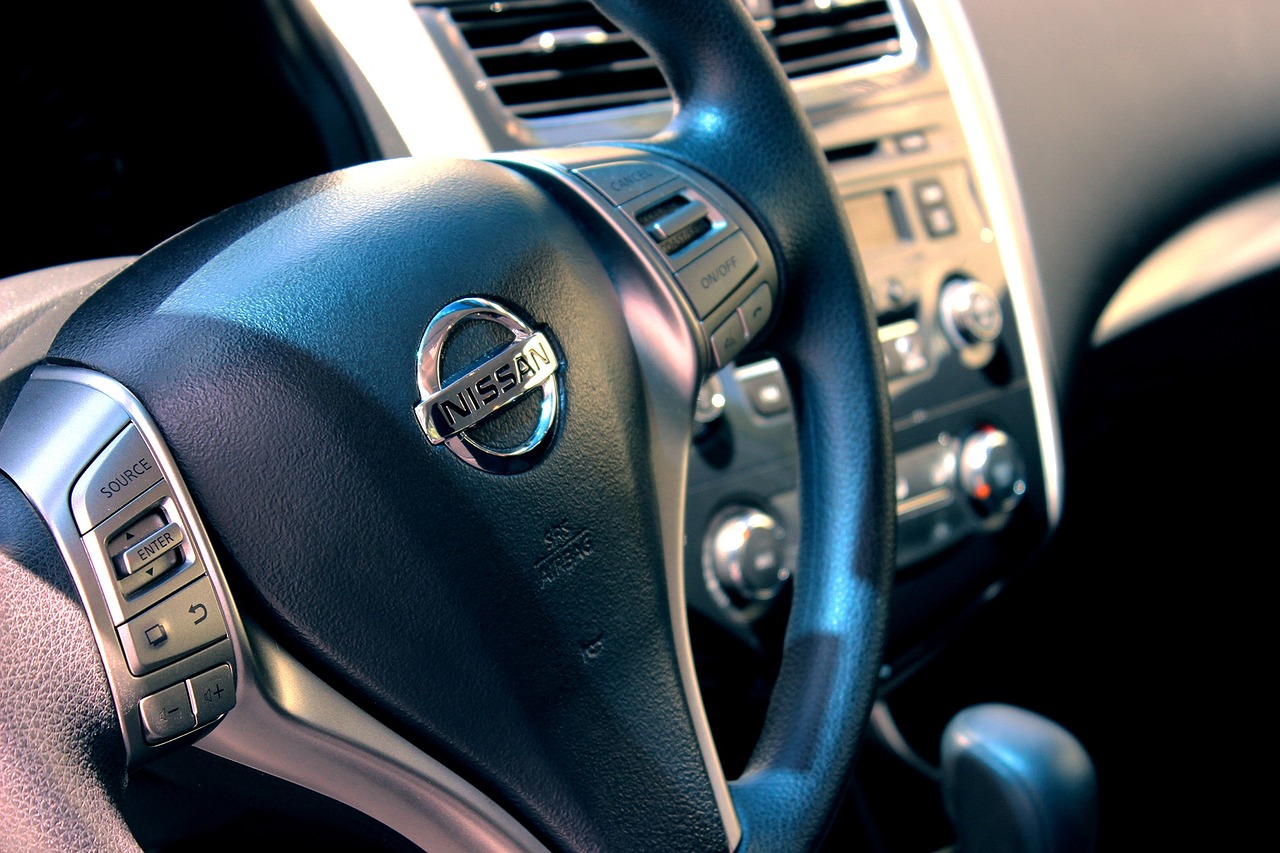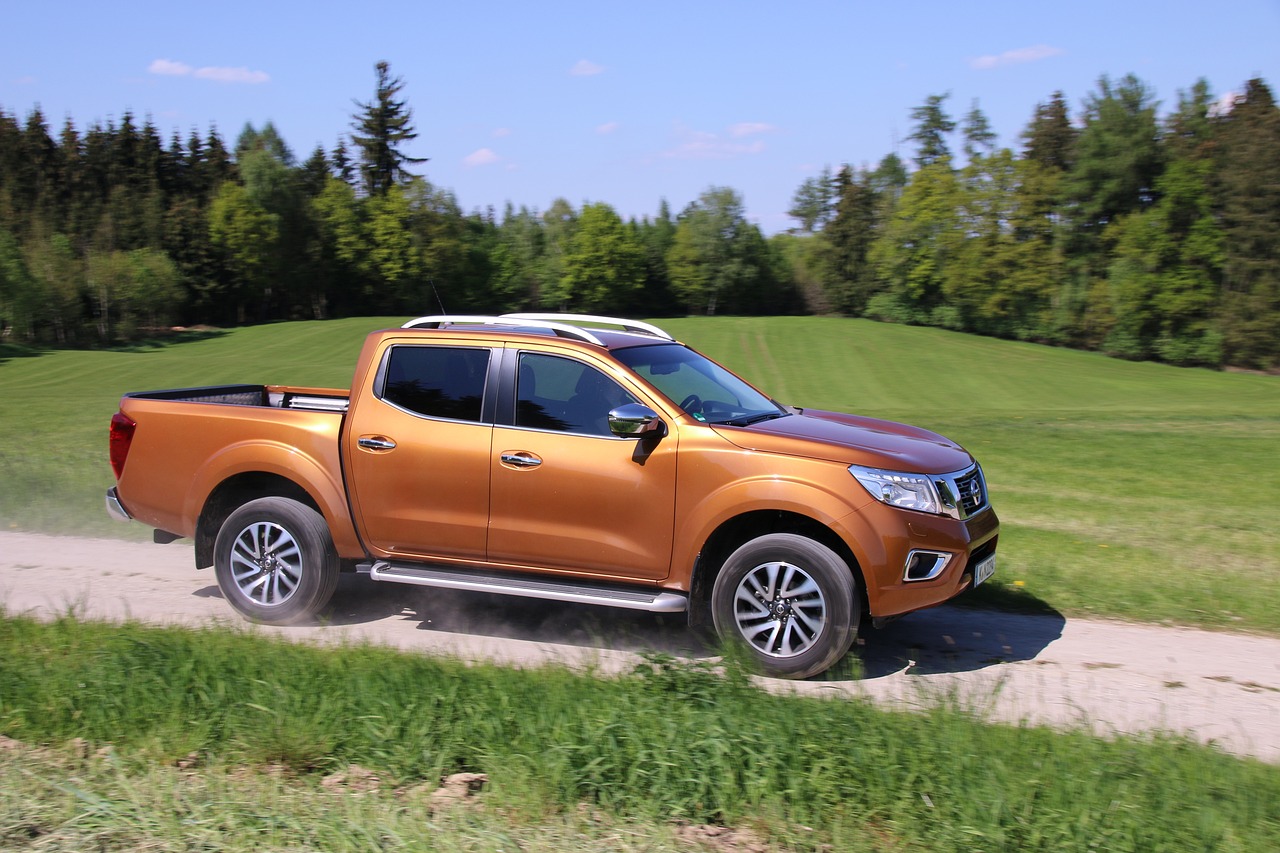Owning a 2018 Nissan Navara means you’ve got a reliable, tough-as-nails truck that’s built to handle everything from city driving to rugged off-road adventures. Keeping it in top shape isn’t just about making it last longer. It’s about ensuring peak performance, safety, and avoiding those unexpected (and often expensive) repair bills. Let’s walk through the best maintenance practices to keep your Navara running strong for years to come.
Recommended Service Schedule
Routine maintenance is the key to preventing issues before they start. Sticking to Nissan’s recommended service schedule ensures that critical components are regularly inspected and that worn-out parts are replaced on time.
Here’s the general guideline for servicing your 2018 Navara:
- Every 10,000 km or 6 months (whichever comes first):
- Oil and oil filter change
- General inspection (brakes, suspension, steering)
- Fluid level checks (coolant, brake fluid, power steering, windshield washer)
-
Tire rotation and pressure check
-
Every 20,000 km
- Cabin air filter replacement
- Fuel system inspection
-
Battery check
-
Every 40,000 km
- Air filter replacement
- Brake fluid change
-
Transmission fluid inspection
-
Every 80,000 km
- Timing belt inspection (if applicable)
- Coolant flush and replacement
- Brake pad replacement (depending on wear)
Following this schedule isn’t just about maintaining your truck. It’s about preventing issues before they turn into costly repairs. Skipping regular checkups might save time now, but it could lead to a major headache down the road.
Common Maintenance Tasks and DIY Tips
Some tasks are best left to the professionals, but there are plenty of things you can handle yourself with basic tools and a little patience.
Oil Changes
Changing the oil on a Navara is straightforward. Nissan recommends using 5W-30 fully synthetic oil for optimal performance. Make sure to warm up the engine before draining the oil. It helps everything flow out smoothly. Don’t forget to replace the oil filter with each change!
Air Filter Replacement
A clogged air filter can choke your engine’s performance and hurt your fuel economy. Luckily, swapping it out is a five-minute job. Just pop open the airbox, take out the old filter, and drop in a fresh one.
Brake Pad Inspections
Brakes are a crucial safety component, and keeping them in good shape is non-negotiable. If you hear squealing or feel vibrations when braking, it’s time to check the pads. A set of quality aftermarket brake pads can improve stopping power for those who use their Navara for towing or off-roading.
Tire Rotation
Rotating your tires every 10,000 km helps extend their lifespan and ensures even tread wear. Uneven wear can cause vibrations at high speeds and reduce the truck’s grip. Especially in wet conditions.
Battery Health Check
A weak battery can leave you stranded at the worst possible time. Check for corrosion on the terminals, and if your engine is slow to start, have the battery tested. Most batteries last 3-5 years, so if yours is getting old, consider a replacement before it dies on you.
Best Engine Oil and Fluids for the Navara
Using the right fluids is just as important as sticking to the service schedule. Here’s what your 2018 Navara needs:
- Engine oil: 5W-30 fully synthetic
- Coolant: Nissan Long Life Coolant (blue)
- Transmission fluid: Nissan Matic S for automatic, GL-4 75W-85 for manual
- Brake fluid: DOT 4
- Power steering fluid: ATF Dexron III
Never mix different types of fluids, and always use manufacturer-recommended products. Cheap alternatives might save money upfront, but they can lead to costly repairs in the long run.
Troubleshooting Common Warning Lights and Issues
Modern vehicles rely on a variety of sensors to monitor performance, and the Navara is no exception. Occasionally, a warning light might pop up, and knowing what it means can save a lot of stress.
Check Engine Light
This is the most dreaded light for many drivers, but it doesn’t always mean disaster. A loose gas cap, faulty oxygen sensor, or even bad fuel could trigger it. If the light is solid, the truck is usually still drivable, but get it checked soon. A flashing check engine light, however, indicates a serious issue. Park the truck and get it inspected immediately.
DPF Warning Light
For diesel models, the Diesel Particulate Filter (DPF) warning light is something to pay attention to. This usually means the filter needs to go through a regeneration cycle. Take the truck for a long highway drive at consistent speeds to allow the system to clean itself. Ignoring this for too long can lead to expensive repairs.
Battery Warning Light
If the battery light stays on after starting the truck, it could indicate a faulty alternator or a weak battery. Driving with a failing alternator is risky, as it can leave you stranded once the battery fully drains.
ABS or Brake Warning
If the ABS light or brake warning light comes on, check your fluid levels first. If the fluid is fine, worn-out brake pads or a failing ABS sensor might be the culprit.
Ignoring these warning lights isn’t worth the risk. A quick diagnostic scan at an auto shop (or with an OBD2 scanner) can reveal the issue and save you from unnecessary breakdowns.
Wrapping It Up
A well-maintained Nissan Navara isn’t just more reliable. It’s safer, more fuel-efficient, and a pleasure to drive. Sticking to the recommended service schedule, using high-quality fluids, and keeping an eye on warning signs will help you avoid unnecessary headaches.
If you haven’t checked your oil or rotated your tires recently, now’s a great time to start. Regular maintenance doesn’t just protect your truck. It protects your wallet, too. So, grab your tools, pop the hood, and show your Navara the care it deserves.


